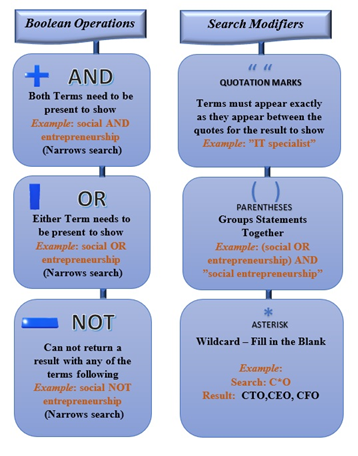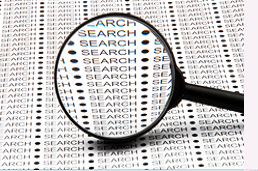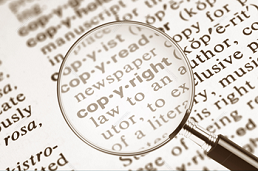A search engine is a software system that is designed to carry out web searches. They search the World Wide Web in a systematic way for particular information specified in a textual web search query.
The search results are generally presented in a line of results, often referred to as search engine results pages (SERPs). The information may be a mix of links to web pages, images, videos, infographics, articles, research papers, and other types of files. Some search engines also mine data available in databases or open directories.
Unlike web directories, which are maintained only by human editors, search engines also maintain real-time information by running an algorithm on a web crawler. Internet content that is not capable of being searched by a web search engine is generally described as the deep web.
A search engine normally consists of four components, that are search interface, crawler (also known as a spider or bot), indexer, and database. The crawler traverses a document collection, deconstructs document text, and assigns surrogates for storage in the search engine index.

Exercises
- impact AND social
- “entrepreneurial management”
- (income OR profit) AND social
- social entrepreneurship *.pdf
- microfinance OR microcredit
Evaluating information
When using the internet to find answers to your questions or solutions to your problems, make sure you know how to recognize useful and helpful resources. If you use any of the information you find, make sure you give credit to the author appropriately. When you decide to use any of the information you found online, make sure it is relevant, it is a fact not an opinion, it is up to date, and it is important for your arguments. Use your RADAR to demonstrate you can think critically, evaluate and make judgements.
Jane Mandalios’s RADAR approach:
- RELEVANCE
Information must be relevant for it to matter to your research. If there is zero relevance, keep looking!
Useful questions: “Does this information answer my research question?”, “Is this information related to my topic?”, “What is the intended audience of this information?”…
- AUTHORITY
It is important to determine how credible the author is.
Useful questions: “Who is the author?”, “Can I find the name of the author / publisher anywhere on the page I am looking at?”, “Is the author a (recognised / famous / well-known) specialist?”, “Is the author associated with an institution / a business? Is it a reputable one?”, “Is contact information provided?”…
- DATE
Some information becomes outdated very quickly, but “old” does not necessarily mean “bad”.
Useful questions: “When was this information created / updated?”, “Do I need the most up-to-date information?”, “If the information is older, is it still extremely important? Is it a landmark study?”…
- APPEARANCE
How the information is presented can often indicate how reputable or scholarly the source is.
Useful questions: “Are there a lot of advertisements on the page?”, “Is the information presented in an academic manner?”, “Are there references to support the article? Is there a bibliography, footnotes, etc?”…
- REASON
Understanding why the information is created is critical to evaluating its quality.
Useful questions: “Why is this information available?”, “Was this information created to inform, sell, educate, entertain, or persuade?”, “Are the author’s intentions for publishing this information clear?”, “Is this a research study, a blog, a wiki, or a forum?”…
Exercises
How reliable is the information found on the two websites?
Using the RADAR approach, compare the two websites and decide which of them is more reliable / relevant.








